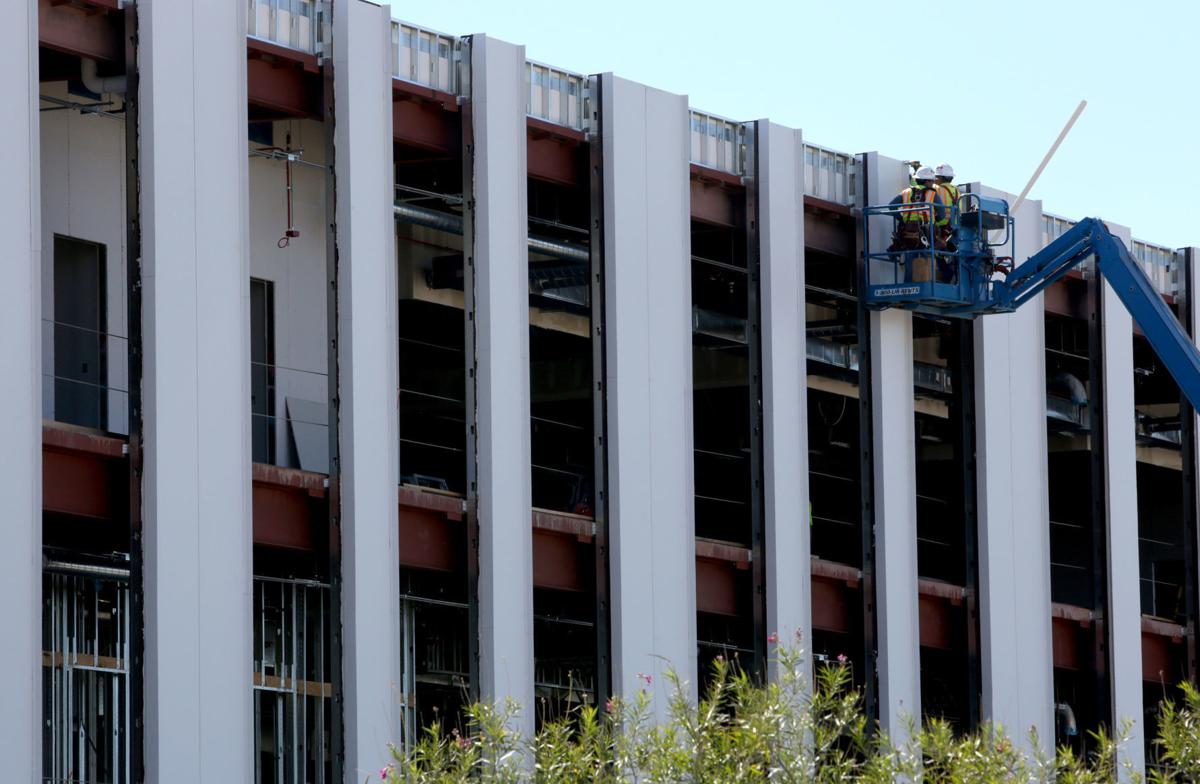Arizona’s unemployment rate is up a tenth of a point and stands exactly where it did a year ago.
And it’s now a full point higher than the national figure.
But the research administrator for the state Office of Economic Opportunity, in announcing the last set of numbers before Election Day, said this isn’t a bad sign for the Arizona economy that incumbent Doug Ducey says has been booming under his tenure. Doug Walls said Thursday there are “other metrics” that show how well the state really is doing.
On paper, the numbers are simple.
The seasonally adjusted unemployment rate for September is 4.7 percent compared with 4.6 percent in August. The 3.7 percent figure for the country, by contrast, is down two-tenths of a point.
What’s affecting the unemployment rate, he said, is that the rate of job creation here is just barely matching the number of new people who are now looking for work, whether new graduates, new Arizona residents or simply folks who have not been working — and therefore were not counted as “unemployed” — but decide now is a good time to start looking for a job.
It’s the number of jobs created — and not the unemployment rate — that Walls said provide a better indication of economic health.
He pointed out that private-sector employment is up by 11,300 in the past month and by 79,000 in the past year. And year-over-year employment has now been in positive numbers for eight years, dating back to the administration of Gov. Jan Brewer.
Still, it’s hard for politicians to ignore — and not crow about when it goes down — a number that people understand.
“Just out: 3.7 percent unemployment is the lowest number since 1969,” President Trump tweeted following the release of the national figures earlier this month.
And Ducey himself has used the number in campaign speeches, pronouncing as recently as last month that “the last time unemployment was this low people were renting their videos from Blockbuster.”
The disparity between job creation numbers and the jobless rate has to do with how the government collects the data.
One survey is of about a third of all Arizona employers: How many people do you have working for you. That includes full- and part-time workers. And it actually can count someone twice if they work two jobs.
It’s that number that’s up by 11,300 last month.
The other checks in with about 1,200 households with two basic questions: Are you working and, if not, are you looking.
That second number becomes the number of unemployed, divided into the total workforce, meaning those working and those looking. After some seasonal adjustment to account for what normally occurs at certain times of the year, that produces the 4.7 percent jobless rate, the same figure as a year ago.
Walls deflected a question of whether this is the “new normal” for Arizona, a state whose jobless rate was at 3.6 percent in 2007.
“It’s not that we’re stuck and not going anywhere,” he said. “We have to look and gauge other metrics in order to get the entire picture.”
That includes the total number of people who are working, which shows jobs are being created.
Gubernatorial press aide Daniel Ruiz said the focus should be on numbers like the year-over-year growth in employment.
There is another indicator, though.
Average hourly earnings last month in Arizona were $25.67, compared with $27.38 nationally. And one thing that affects earnings is demand: As the jobless rate declines, employers need to pay more to attract and retain talent.





